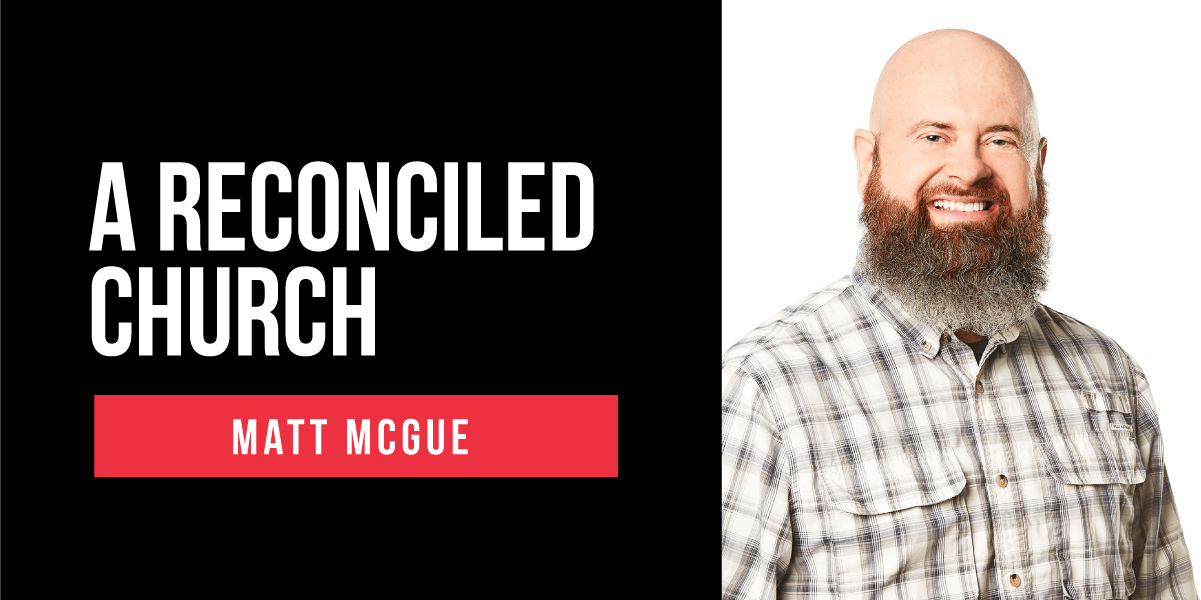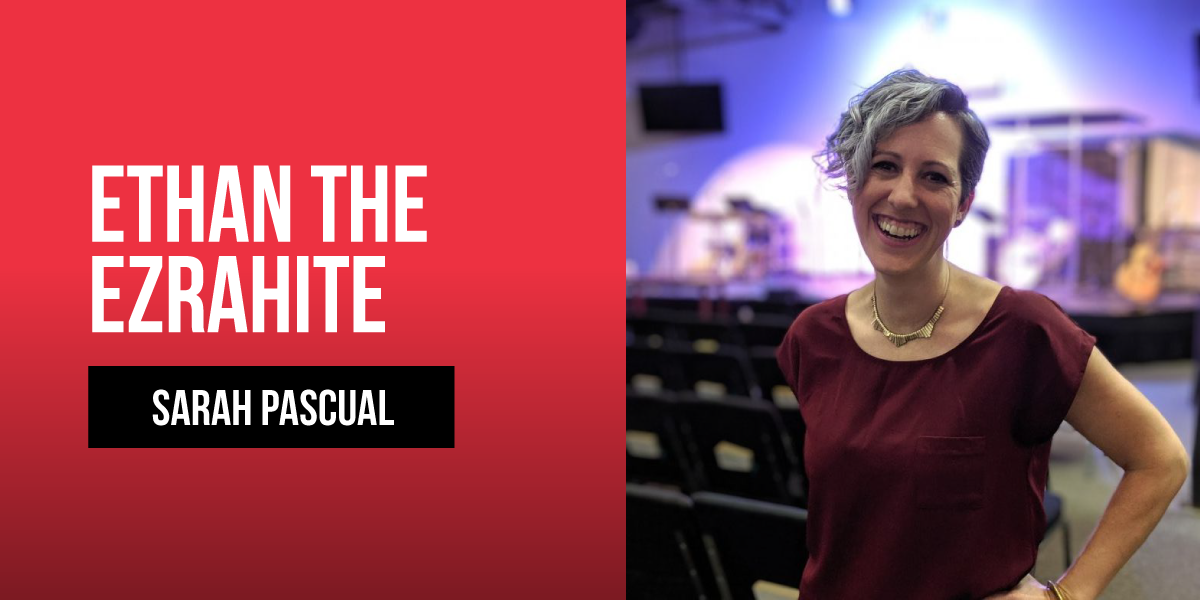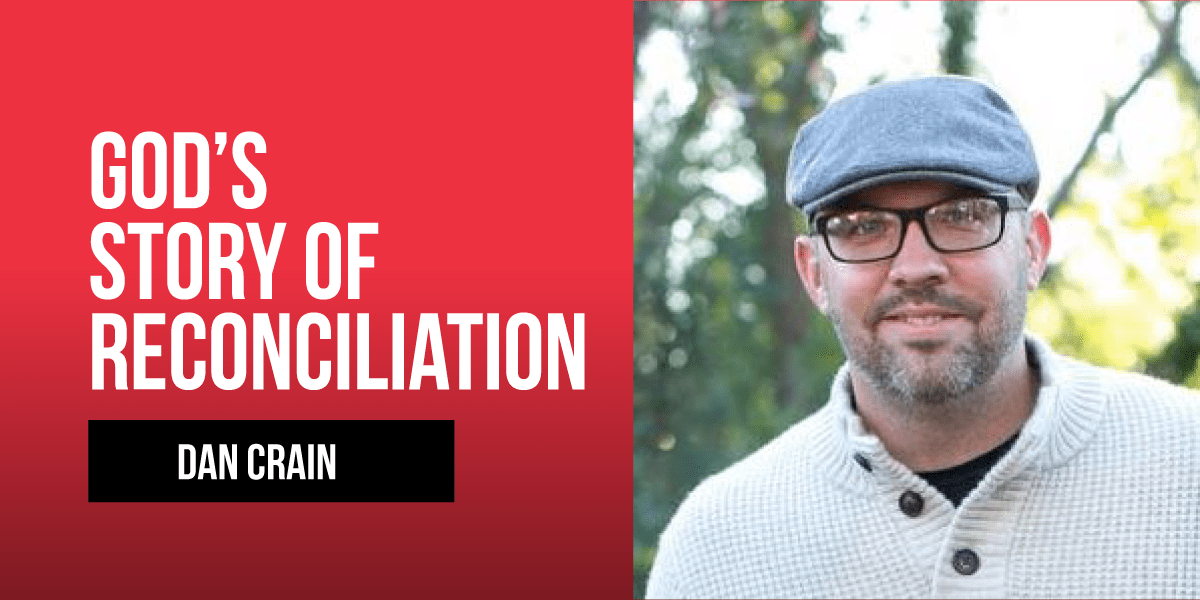The New Testament Church was the Prototype for how God Designed the Church to be.
I love my 4 wheel drive Toyota FJ Cruiser, with it’s retro look and off road performance, even though it’s 14 years old. Toyota never intended to make them. The designer created a prototype for display purposes in 2003 at the Detroit Auto Show as a creative concept that was unlike anything Toyota had ever done. It got such rave reviews, the company rushed to get them into production for a short eight year run. The finished product looked very similar to the original crowd pleasing prototype, as it should. A prototype sets the standard and expectation.
So when we look at the church in America in 2021, we should look back at the prototype described in the New Testament. When we do this with integrity, I think today’s westernized church has little resemblance to the original. This unfortunate truth should break our hearts as it does our Father’s heart.
One of the marked identities of the church was to radically unite diverse people to walk, worship and work together for the sake of the gospel. Jesus prayed for this uncommon oneness (John 17) and the initial disciples and church planters, led by the Holy Spirit, witnessed racial, political and social economic barriers torn down by the supernatural power of a loving gospel.
A prototype church, which is the model for what a healthy multiethnic church should look like, is found in Antioch, the third largest city in the Roman Empire at the time. This beautifully intentionally diverse, yet socially challenging new church, were first called Christians at Antioch (Acts 11:26). I think that is significant.
Pastor Mark Vroegop states in his book, Weep With Me as much, “The church at Antioch wasn’t Jewish. It wasn’t Gentile. It was both. That was new. Regardless of ethnicity, these believers untied around their coming belief in the death and resurrection of Jesus Christ. Unity in the gospel flourished in the church. Culture and ethnicity no longer separated them. Their allegiance to Jesus and love for one another created a counter cultural community. The world had no category for them.”
Also, notice that Saul, who was newly converted to the faith, was taken to Antioch and not the church in Jerusalem for initial discipleship and training for church planting. The prototype church to be replicated was the church in Antioch. The church grew in their inclusiveness and thus in numbers.
This is why Paul states in Ephesians 2 that; “His purpose was to create in himself one new humanity out of the two, thus making peace, and in one body to reconcile both of them to God through the cross, by which he put to death their hostility.” NT Wright comments on what’s happening in Ephesians 2 in the church in Antioch that; “If our churches are still divided in any way along racial or cultural lines, he would say that our gospel, our very grasp of the meaning of Jesus’ death, is called into question.”
Dramatic oneness creates a compelling witness. We also note that their generosity was not a program, but who they were intrinsically as a multiethnic and social economically diverse church.
Every church in every generation and nation must carefully compare itself to the original first century prototype church for credibility, quality control and authenticity. I believe God is challenging the church in America to return to its original intended purpose. A church reformation is on the horizon.
Striving for oneness, Matt McGue





Thanks Matt for the reminder of where we come from as a church. What we should look like. What our model is. May we be one as Jesus and the Father are one.